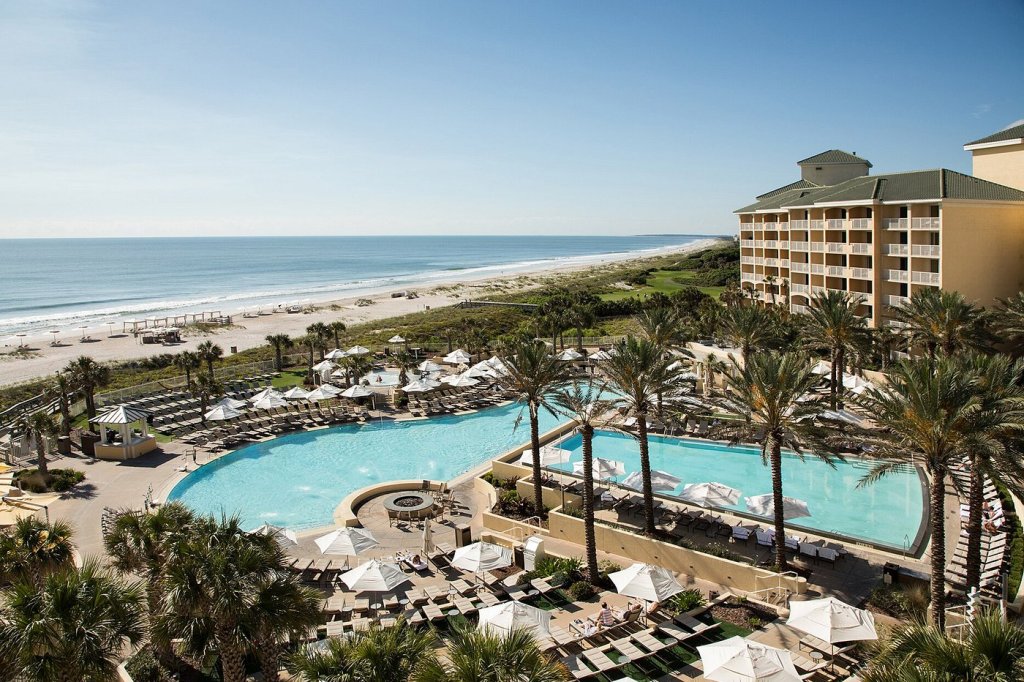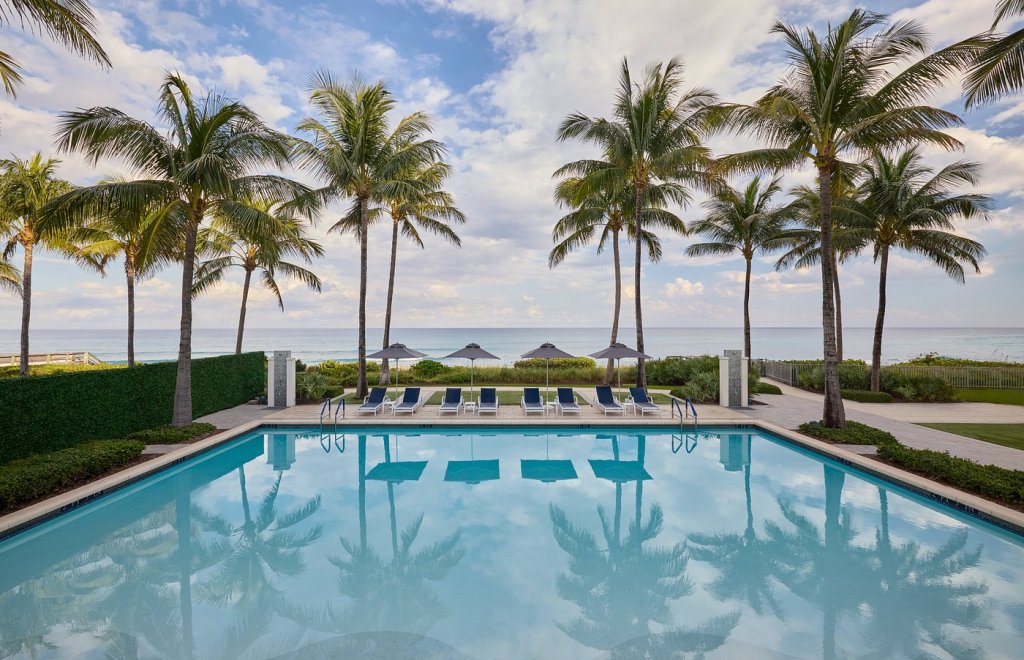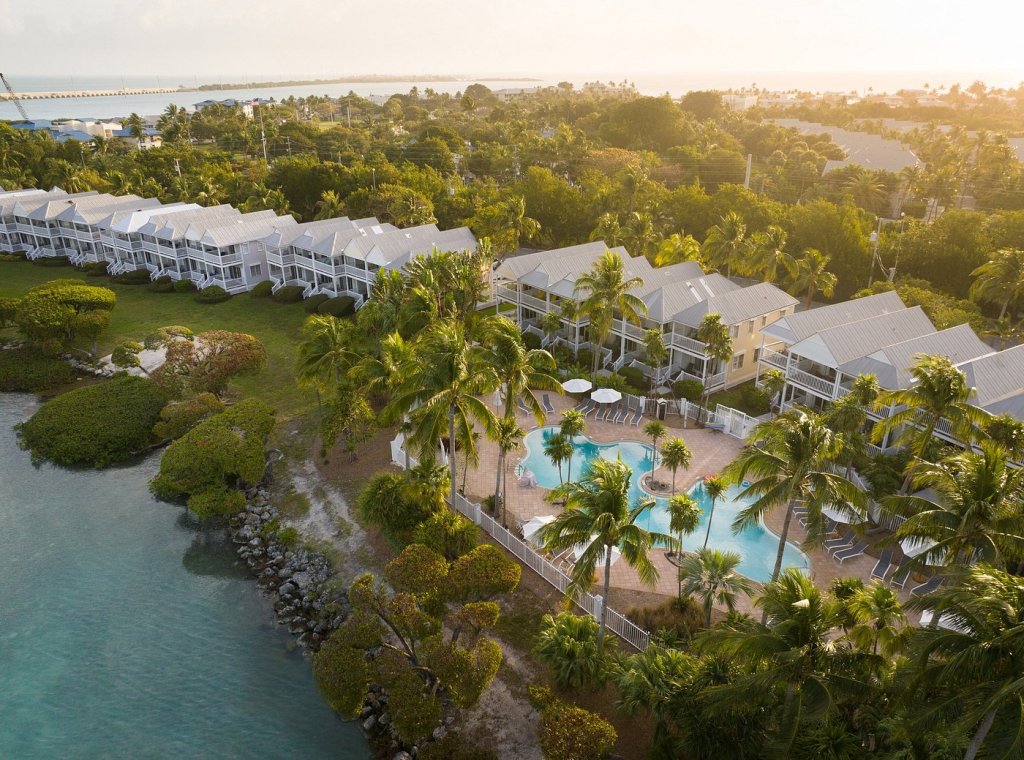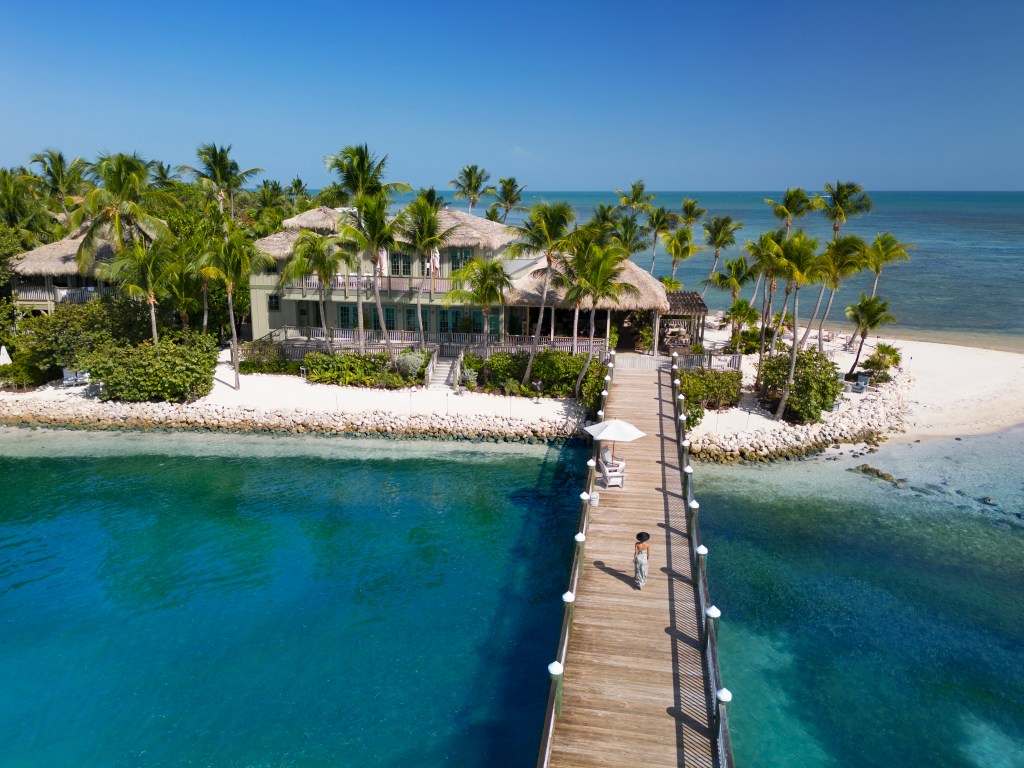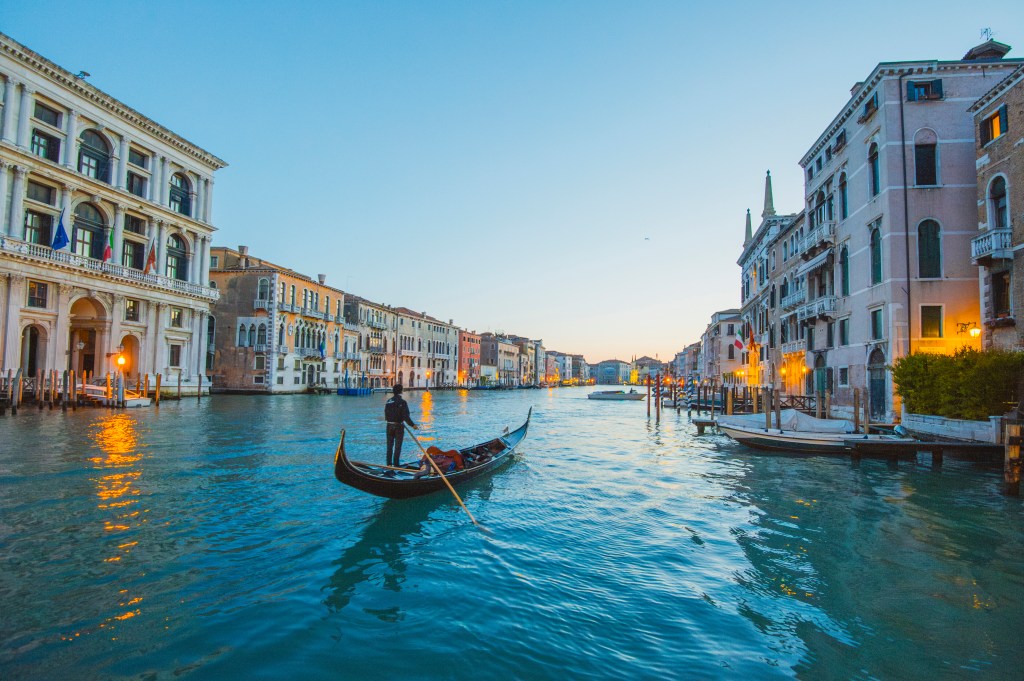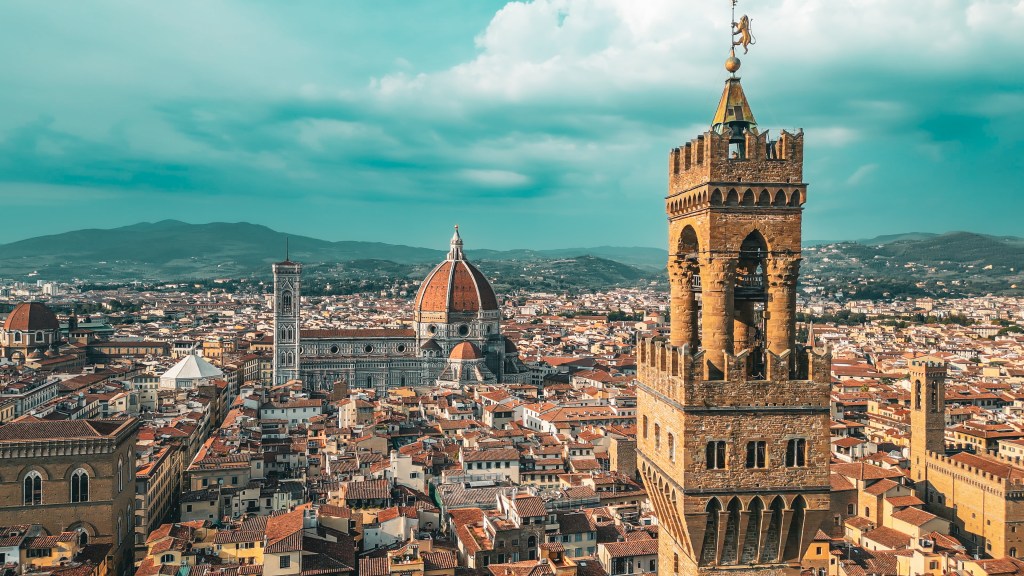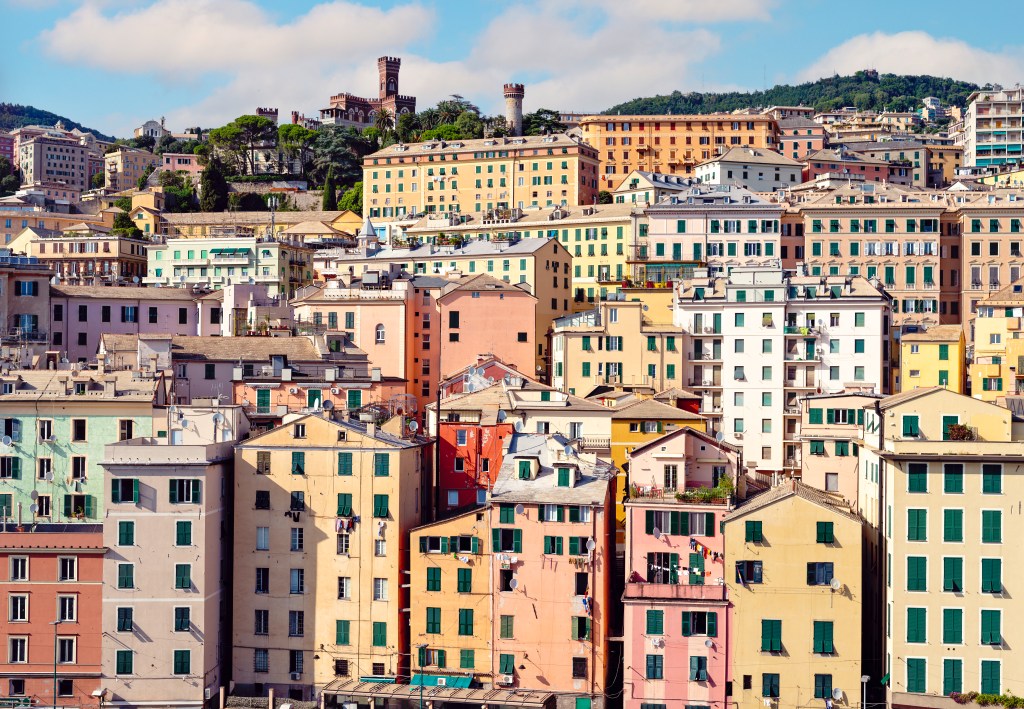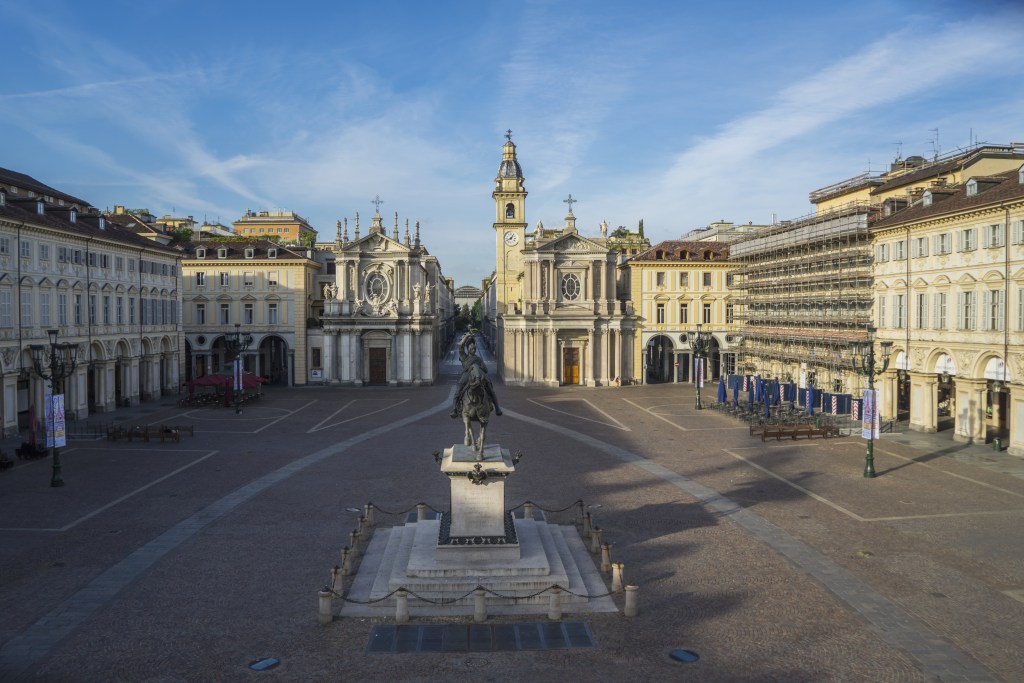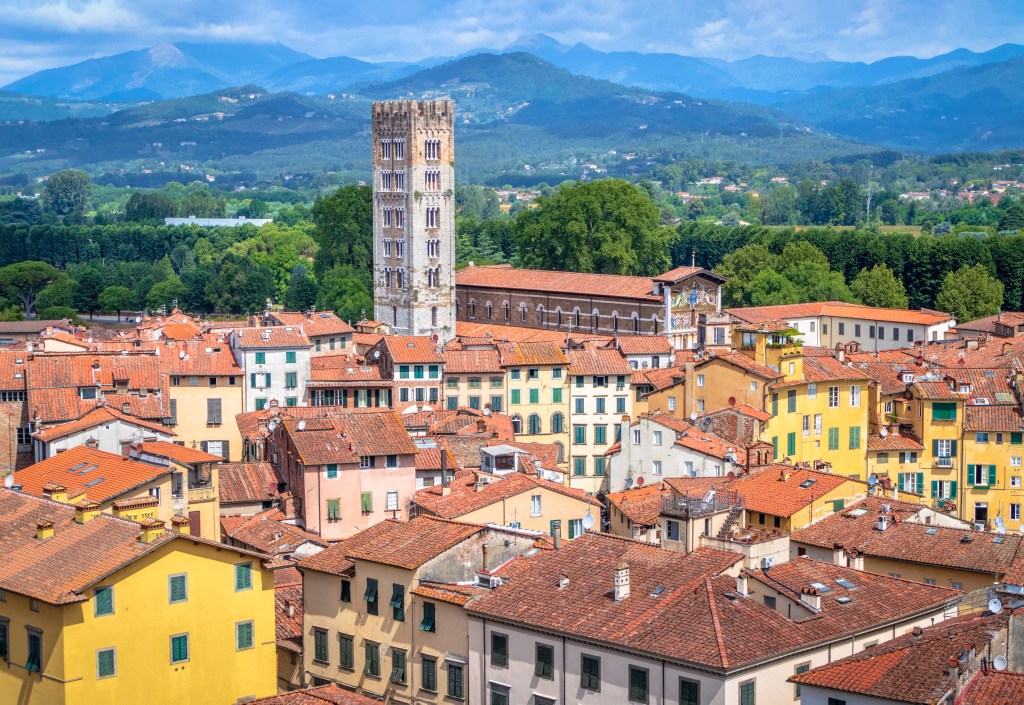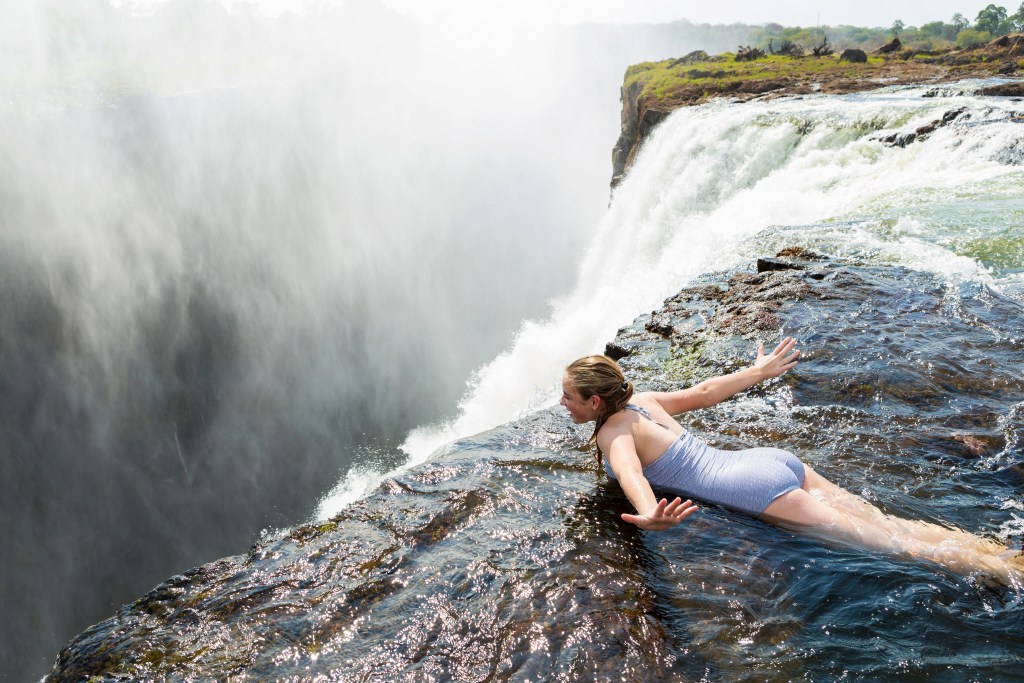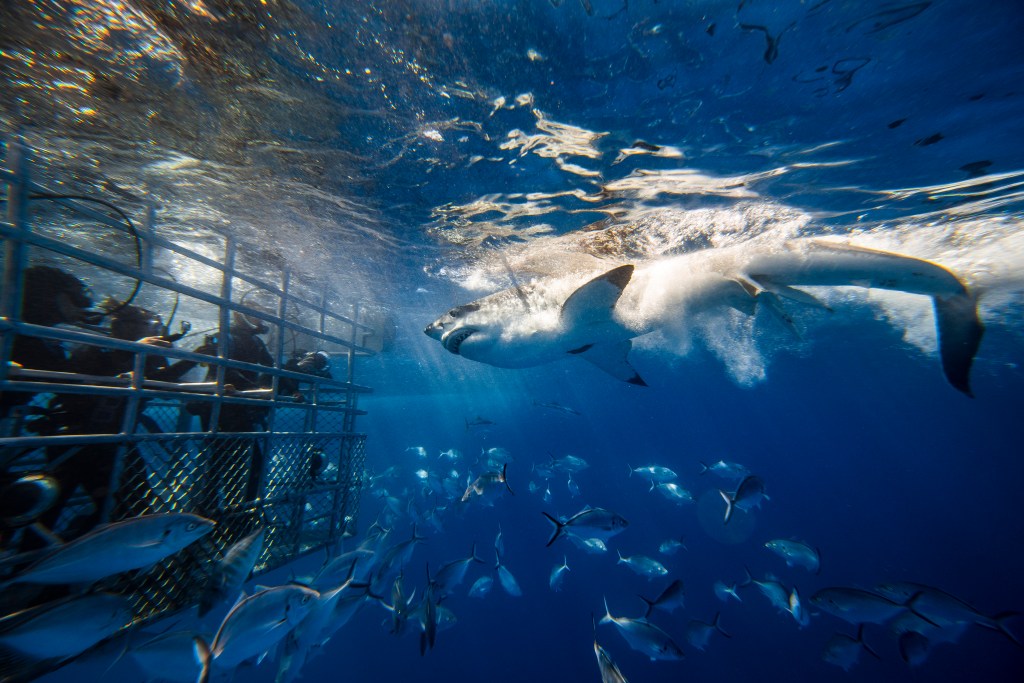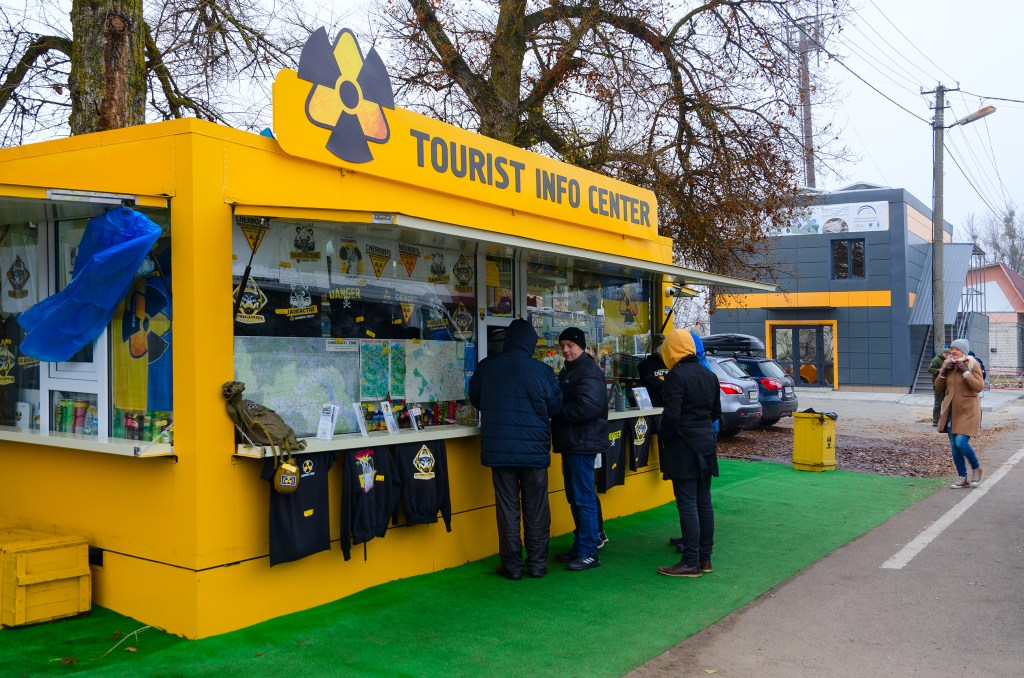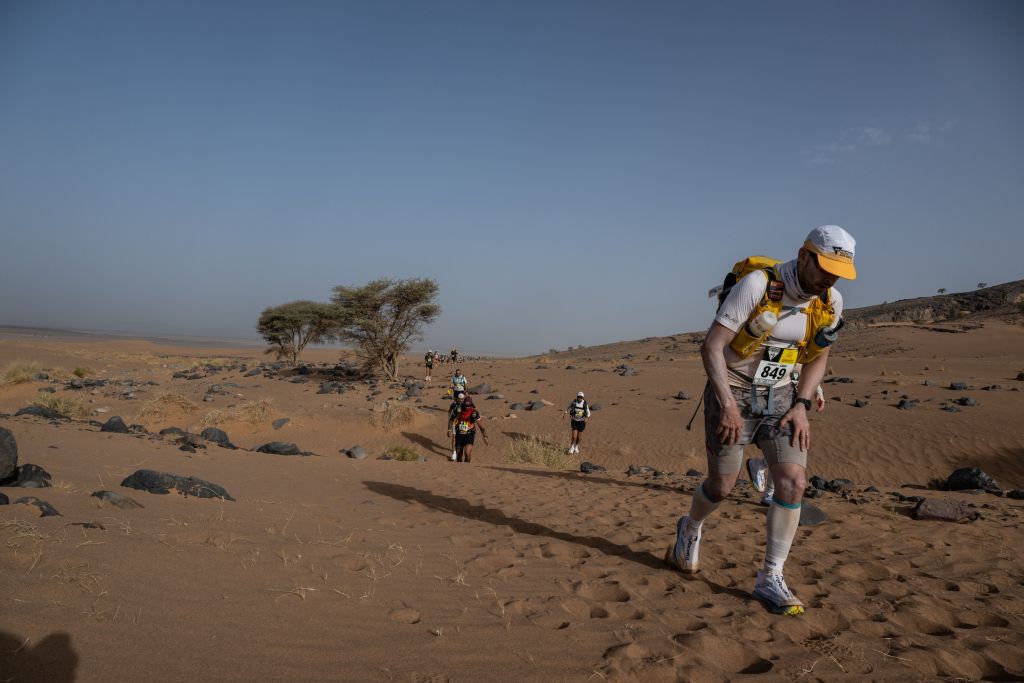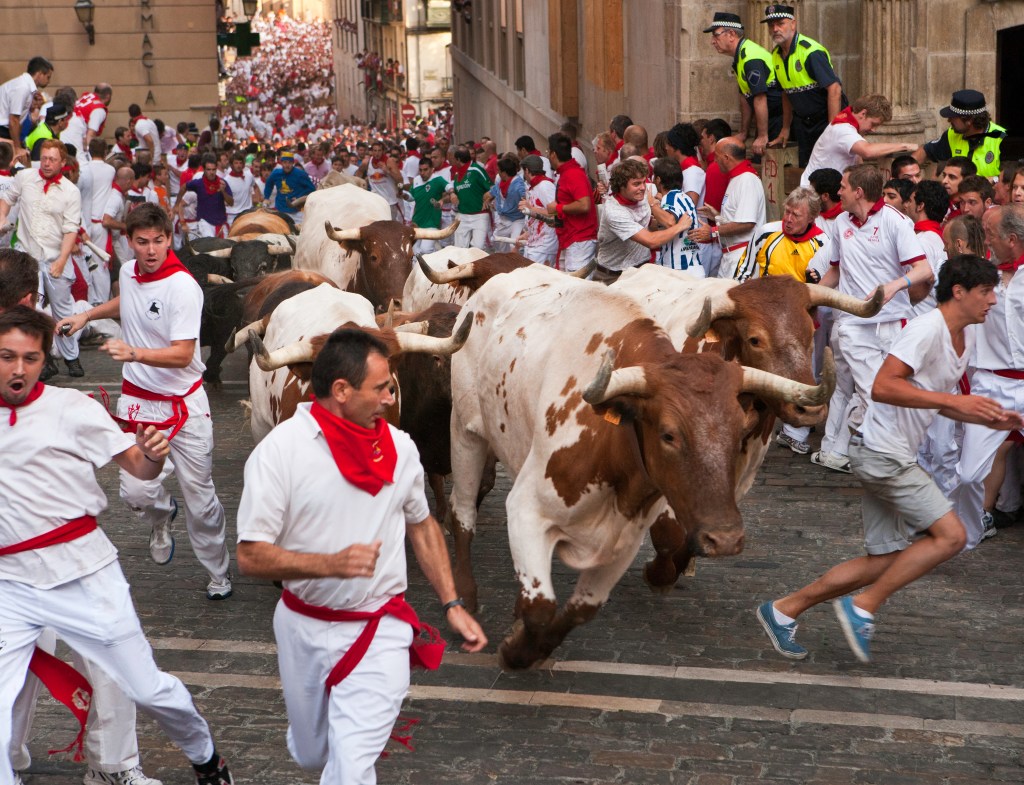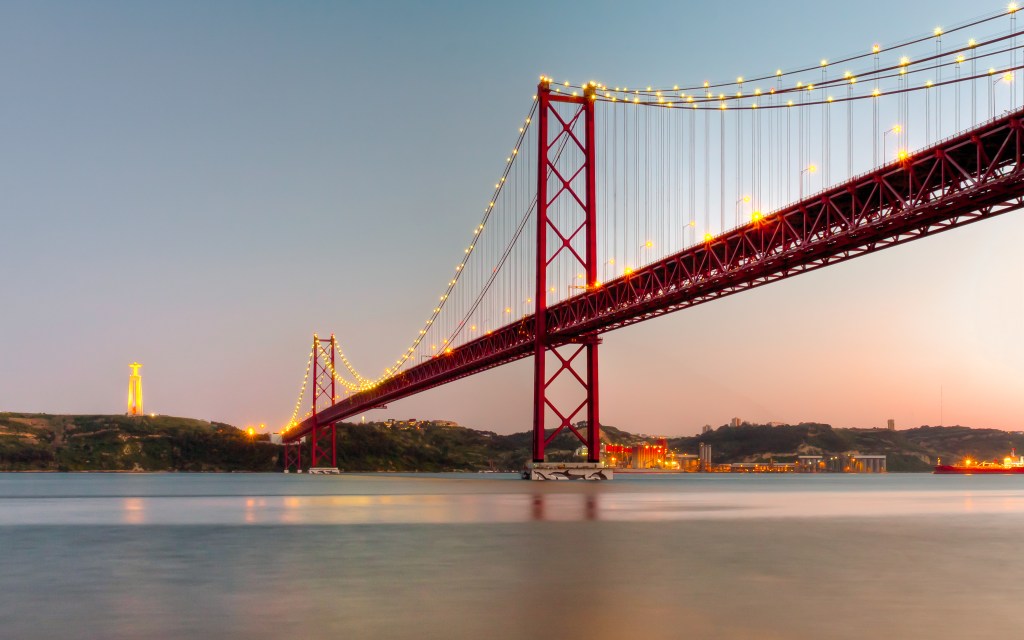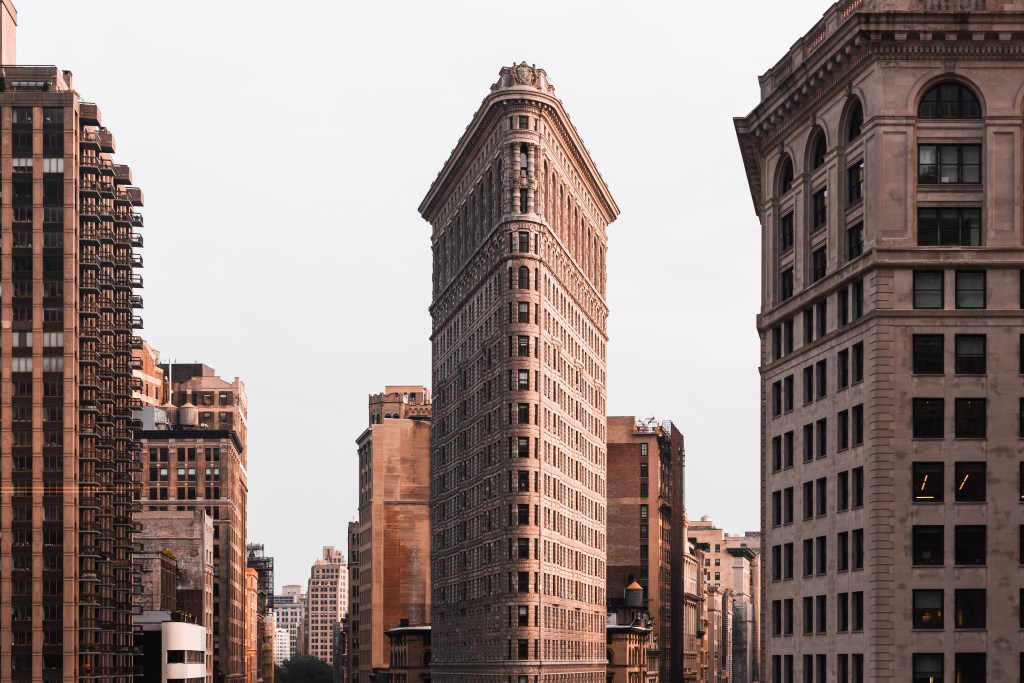[The World Tour of Oopsies is an ongoing series of travel stories about my first decade of travel. During these adventures and misadventures, I unlearned many things I thought I knew about life. Welcome to my miseducation.]
Part I / Koh Pdao
On the small island of Koh Pdao in Cambodia, in the middle of the Mekong River, I achieved one of my very short life’s goals: to drift slightly out of reach from all I’d ever known.
To get to this tiny island, I’d convinced my parents to let me join a service-learning trip as a teenager. The company brought ten Western youths to Cambodia with the help of a local tourism company.
We’d landed on that small island in the middle of the Mekong River to build biodigesters. In exchange, we were hosted by local families in pairs. They lived in stilted, wooden homes; the Mekong is prone to flooding, feeding the rice fields on the island where the water buffalo roam.
We ate with our host families in the mornings and at night, hanging out and finding ways to exchange conversation despite the language barrier. Like the rest of my group, I didn’t speak any Khmer aside from the bare basics. We spend two weeks on the island, working on small projects during the day and otherwise living slowly.
I remember feeling safe and at home on the island, despite the cultural and linguistic barriers. Sure, there was a little bit of curious staring, and also I got called out for having a lot of arm hair, but otherwise, I was in heaven.
When the sun would set, I would head to my host family’s house with my intrepid colleague named Sushi. Our host parents and siblings taught us traditional dances and showed us photos, while we asked questions and pointed to things in books.
During this two-week period, I was (beautifully) out of reach from the world I knew. No phone calls home. No letters.
Part II / The Scorpion
Smash cut to me waking up in the middle of the night needing to use the bathroom.
I headed to the back of my host family’s home, down the stairs, and into the bathroom. On my way back up, I made the fatal mistake of trusting the railing.
When I felt something pinch my finger, I pulled my hand back and saw something hanging from my middle finger, near my joint. It stung, so I instinctively shook my hand—
And saw a scorpion slinging from side to side with its stinger sunken into my flesh.
The good news: I’m not a screamer.
The bad news: the scorpion was venomous.
The even worse news: I didn’t speak Khmer and couldn’t tell my host family what had happened.
Back to the good news again: I’m really good at drawing.
In no time, I had whipped out one of my notebooks and drawn a sufficient depiction of a scorpion. My host parents nodded; they could seemingly put together the feverish gestures I was making, and understood that the swollen notch on my finger was from the scorpion.
Nothing happened. My host parents shrugged it off, and everyone went back to bed.
Even if my host parents had shown signs of worry, the village didn’t have electricity, and I didn’t know which families my group leaders were staying with.
As the minutes ticked by, I started to feel a weird sensation in my hand, which was spreading to my wrist toward my elbow. It felt like my arm was asleep; uncomfortable, but not painful.
So, I went back to my bed mat and waited for dawn. The symptoms in my hand and arm continued to intensify, but they never became painful. Again, I felt that my host family understood, and I also felt safe with them.
When the sun rose, we ate breakfast as usual, then left the house to head to our worksite for the day. I found my group’s leaders and pointed out my boo-boo, and someone left the island later on to get me a few painkillers (or possibly antihistamines, I can’t remember).
I was able to work that day. Every time my venom-hand hit something, it felt like my whole arm was waking up after falling asleep. Sort of like what I imagine it would feel like to stand inside a massive church bell while it’s ringing at full force.
By sundown, I had the pills I needed. Within two days, my arm was fully back to normal. To this day, I still have the journal I kept with me during my homestay on the island—and it still has the drawing of the scorpion in it.

